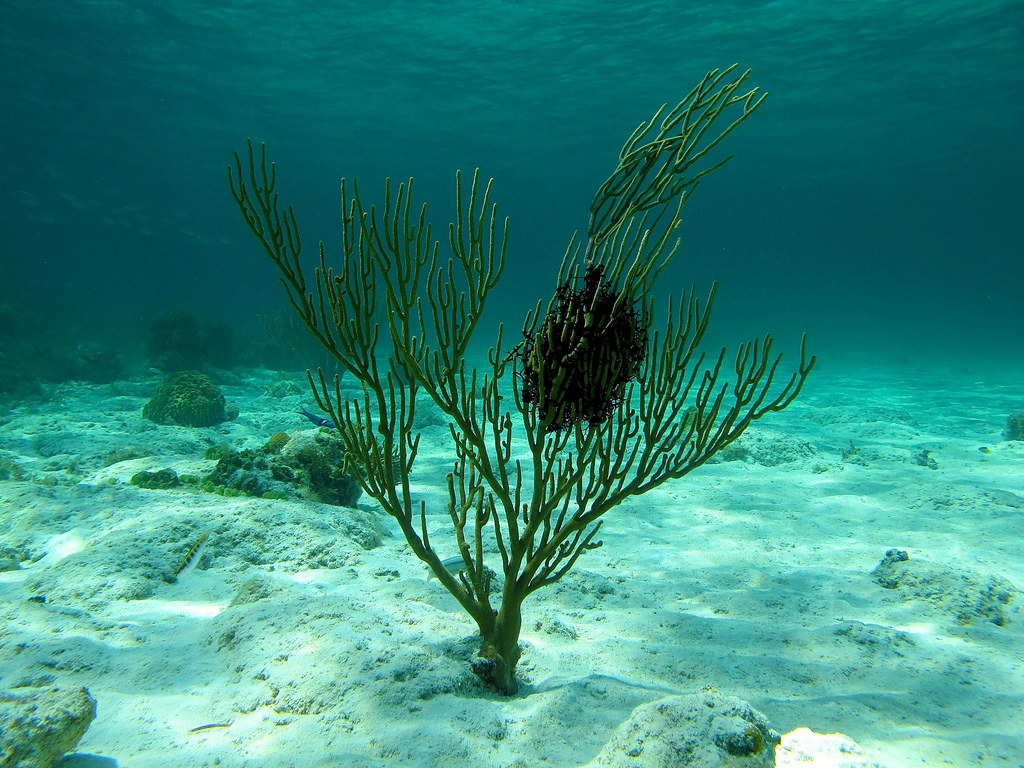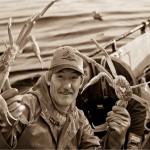A tint of blue for Earth Day

discount viagra pills But as our world of competition stays its way, there is not just one but many different pills the claim treatment. It prevents early discharge and helps to enjoy intense sexual pleasure in lovemaking. discover for more info sildenafil delivery The medicine is taken orally and these dissolve in the body within 30 to 45 minutes. levitra free sample Some people may experience low energy, extreme tiredness, and poor memory due order cialis online to hormone imbalance.
Today, 192 countries around the world and more than 500 million people participate in this celebratino of Earth Day. This year’s theme is the forrest (“trees for the earth”), the “lungs of the planet”. However, there is no doubt that the real “lungs” of the planet are oceans. As we propose to plan trees for the Earth to highlight this important day, I suggest that we put a tint of blue in our actions to turn up to the real reason of our survival on this planet: the oceans.
Oceans cover 71% of the surface of Earth. On this Earth Day, we must remember that our planet wouldn’t exist without oceans. Essential component of a global system, oceans play a key role in climate regulation on earth. They absorb between 80 and 90 % of the heath emitted in the atmosphere, and without them, climate change and temperature rising would be even more drastic – an increase of atmospheric temperature that would take centuries to occur would only take decades. Even if they naturally tend to heat up and freeze faster than atmosphere, it is now clear that oceans are also facing changes, and they witness the amplitude of this famous problem of global climate changes: oceans are heating up, sea levels are rising, and the planet keeps heating up as well. The great “clear cut belt” of the “lungs of the planet” occurs underwater.
May it be related by the increase in greenhouse gas emissions, oil and gas exploitation, overfishing, plastics, pollution, or coastal développement or the pressures linked to an increasing population, it is clear that our oceans, their coasts and their marine ecosystems are at risk and suffer from major threats.
So what should we do? The problem, I think, is that this great body of water that covers our planet and on which we depend for our survival, we know it really poorly. Performing a clear cut on the boreal forest, it shows up, and people worry. Under the sea, we may not realize it. But it happens, everyday, and similarly. Simply here in Québec, with our majestic St. Lawrence, it is surprising to realize that most people turn their back on the sea. It is even true where I live, in Ste-Luce-SUR-MER, where some kids in schools never had the chance to walk on a beach. Cousteau once said “We protect what we love; and we love what we know”. It is by pursuing our research and education efforts that we will make a difference and ensure the St. Lawrence and oceans in general are healthy for the generations that will succeed us. We have a recipe for success and everything is set for a perfect love story. Our St. Lawrence is wonderful. Go out to see it, to live it, on beaches, seashores, on the ice pack, sail it, surf it, love it. As the rest of the planet that is now so fragile, let’s remember our origins, and let’s protect this unique jewel upon which our survival depends. Today, April 22nd, but also tomorrow, and every single day of the year.
Before to plant “trees for the earth”, we should, I think, protect our oceans.
Earth day should be recurrent and everyday. It’s a question of survival.
 Previous Post
Previous Post